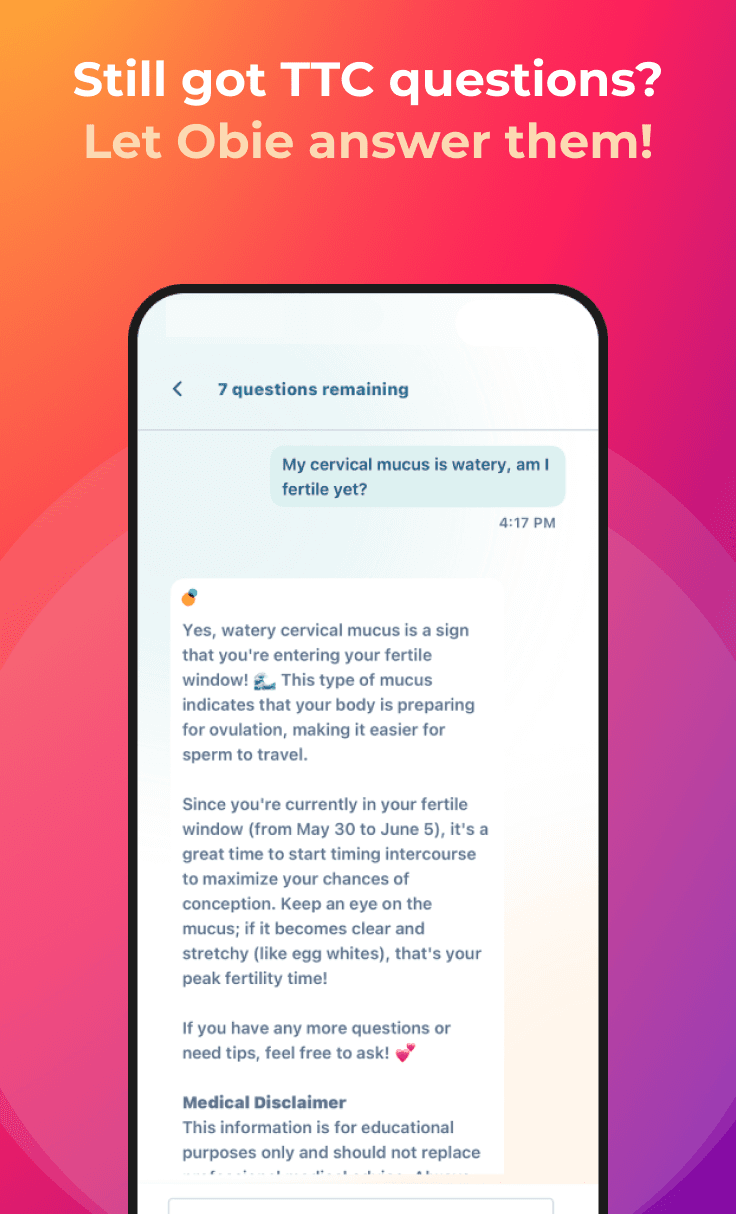Fertility Charting - BBT Charting
Fertility Charting
Obie Editorial Team
BBT or fertility charting is done to check a woman's fertility. It usually involves three Steps:
1. Taking your basal body temperature every day
2. Checking your cervical mucus
3. Checking the position of your cervix.
Fertility or basal body temperature charting is done for several reasons:
- To see when and if you ovulate
- To calculate the cycle length
- To calculate the follicular and the corpus luteum phases
- To assess if you made love at the right time
- To diagnose a pregnancy early on
- To evaluate your cycle for fertility problems
- To see if your fertility medication was successful
- To correlate other fertility signs such as cervical mucus or cervical position with actual ovulation on the BBT
Before ovulation, a woman's basal body temperature generally ranges on average from 97.0 to 97.5 degrees Fahrenheit, though it can occasionally be somewhat higher or lower. At ovulation, the ovary releases the warmth-inducing hormone progesterone. Progesterone typically makes the temperature rise by over 0.1 degree Fahrenheit within 1-2 days after ovulation, and the BBT remains elevated until the next menstrual period. Within days of menstruation, temperatures usually decrease to pre-ovulatory levels. When a woman is pregnant, her temperature remains elevated beyond the 14 days after ovulation. Because your BBT usually diagnoses ovulation only after it has happened, you may want to add other fertility signs such as checking the cervix or the cervical fluid (mucus) if you want to predict impending ovulation. The cervical mucus changes several days before ovulation by becoming more abundant and stretchy. Within one to two days after ovulation, these typical changes disappear.








